Submitted by WA Contents
Brazilian Pavilion will present "Terra", rethinking the country as earth in Venice Biennale
Brazil Architecture News - Apr 27, 2023 - 15:42 10305 views
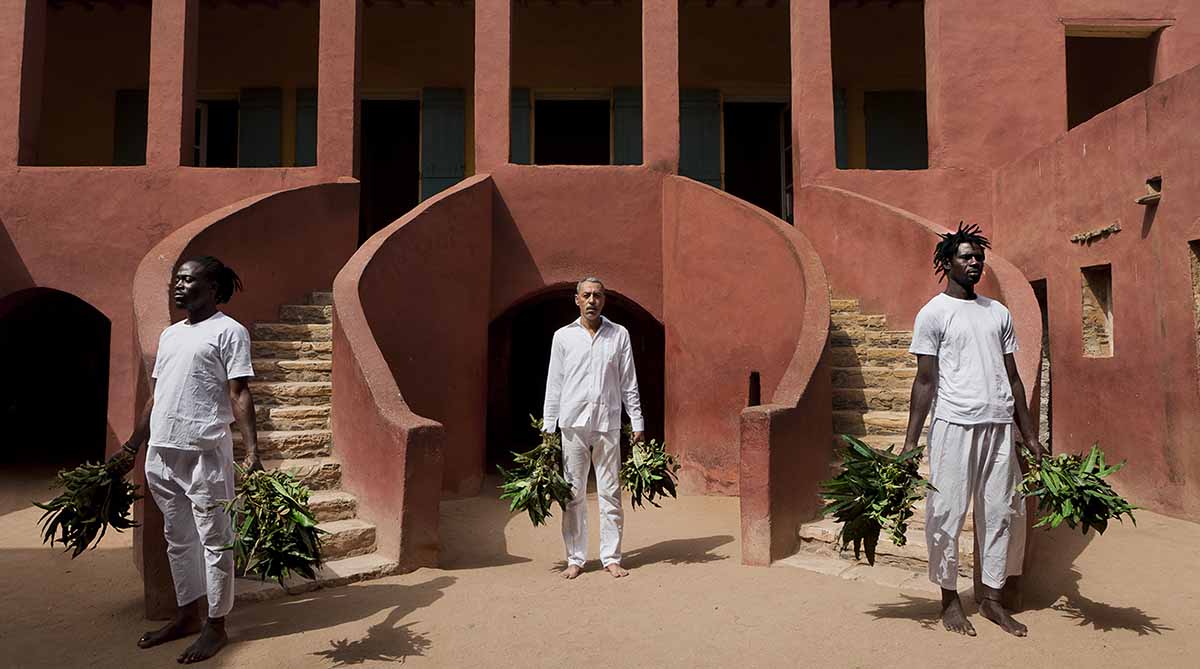
The Brazilian Pavilion has released details and theme about its exhibition at the 18th International Architecture Exhibition in Venice Architecture Biennale 2023.
The exhibition, titled Terra (or Earth), aims to propose to rethink the past in order to design and imagine possible futures, bringing to the fore actors forgotten by the architectural canons, in dialogue with the general theme, The Laboratory of the Future, at the Venice Architecture Biennale.
Curated by the architects Gabriela de Matos and Paulo Tavares, the pavilion also features other collaborators, including Mbya-Guarani Indigenous people; Tukano, Arawak and Maku Indigenous peoples; Alaká Weavers (Ilê Axé Opô Afonjá); Ilê Axé Iyá Nassô Oká (Casa Branca do Engenho Velho); Ana Flávia Magalhães Pinto; Ayrson Heráclito; Day Rodrigues with the collaboration of Vilma Patrícia Santana Silva (Grupo Etnicidades FAU-UFBA); Fissura collective; Juliana Vicente; Thierry Oussou and Vídeo nas Aldeias.
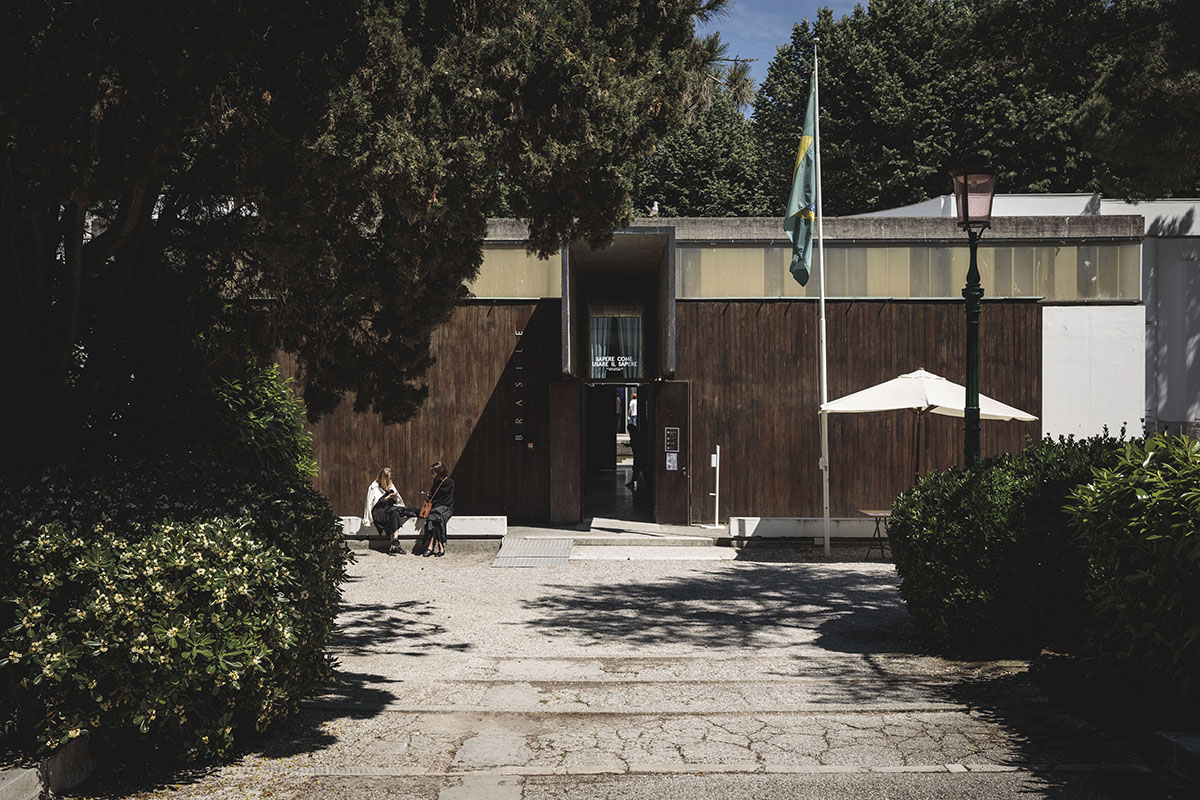
External view of the Brazil Pavilion during the 17th Venice International Architecture Exhibition. Image © Riccardo Tosetto / Fundação Bienal de São Paulo
Focusing on a reflection from the past of the Brazil to today and the future, the exhibition takes the notion of the land into the centre of the debate both as a poetic and as a concrete element in the exhibition space.
To embody this idea, the curators will fill the entire pavilion with earth, inviting the public to a direct contact with the tradition of Indigenous territories, Quilombola dwellings, and candomblé ceremonies.
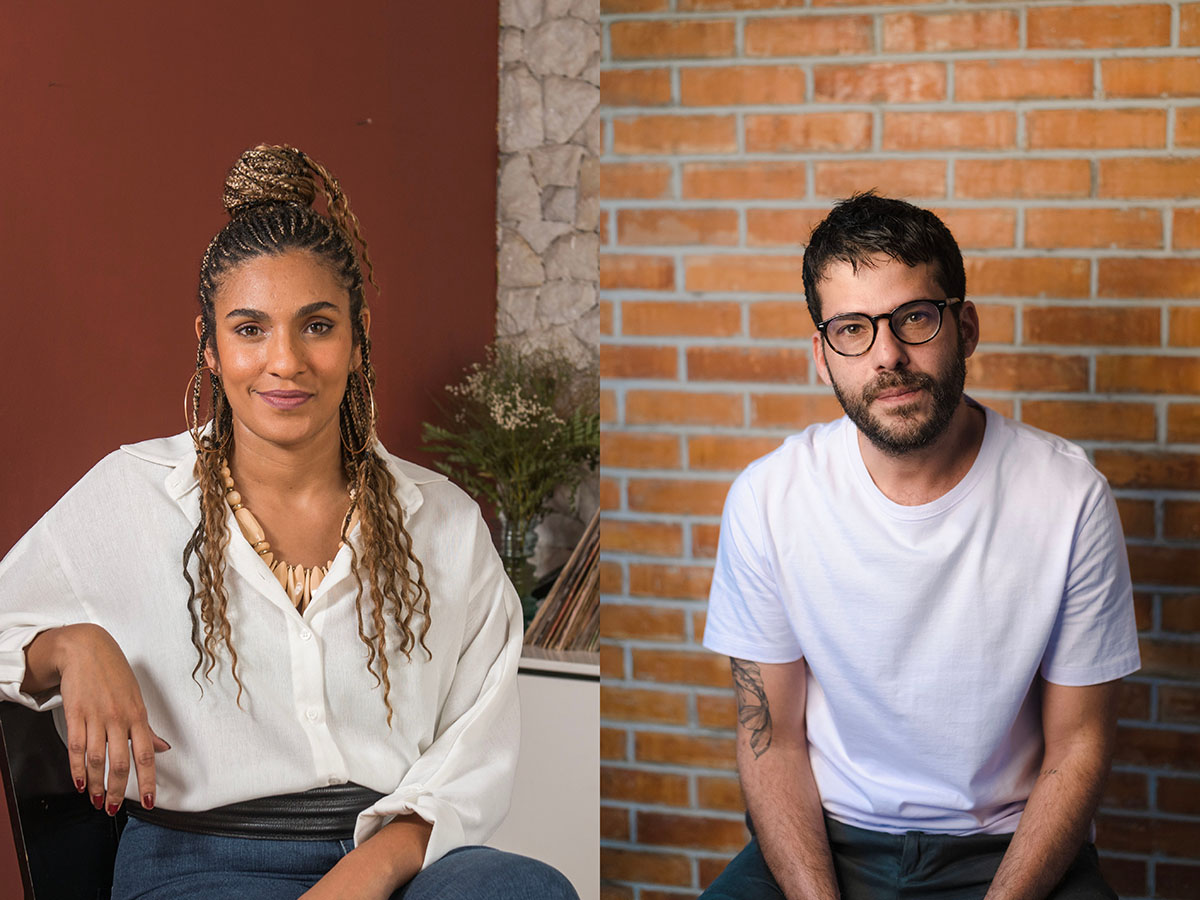
Gabriela de Matos (left) and Paulo Tavares (right), curators of the Brazilian Pavilion at the 18. MIA © Levi Fanan and Diego Bresani / Fundação Bienal de São Paulo
"Earth as memory, and also as future"
"Our curatorial proposal is based on thinking of Brazil as earth. Earth as soil, fertiliser, ground and territory. But also earth in its global and cosmic sense, as planet and common house of all life, human and non-human," said the curators.
"Earth as memory, and also as future, looking at the past and at heritage to expand the field of architecture in the face of the most pressing contemporary urban, territorial and environmental issues," they added.
Elements of Brazilian in popular dwellings will be situated at the entrance to the Brazilian pavilion, creating contrast with the building's modernist features, such as the fences with the sankofa symbol – pertaining to an African writing system called Adinkra, by the Akan people of West Africa, which has been widely used in fence designs and can be seen in most Brazilian cities, meaning "to look at the knowledge of our ancestors in search of building a better future".
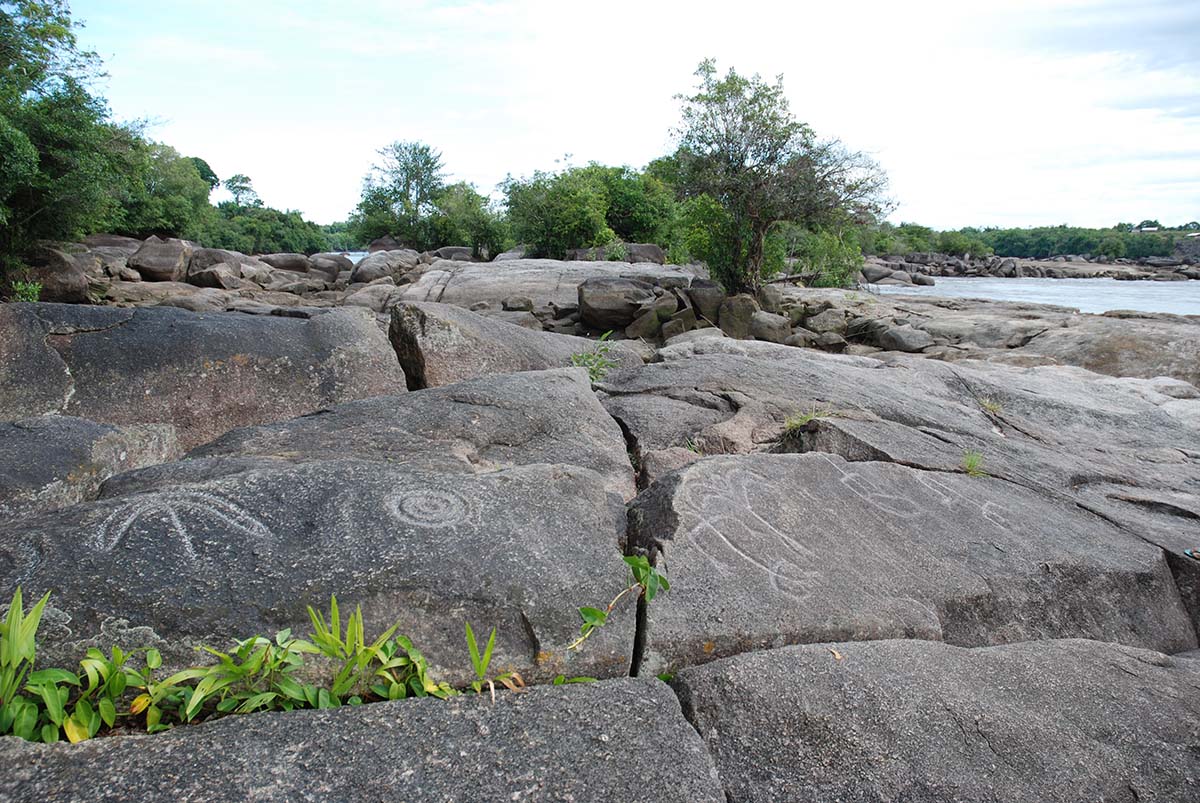
Ancient writing on stones at the Iauaretê waterfall, 2005, © Vincent Carelli/Vídeo nas Aldeias
First gallery: "De-colonizing the canon"
The exhibition will be divided into two galleries. The first gallery of the modernist pavilion is named “De-colonizing the canon" by the curators.
This gallery will question the imaginary surrounding the version that Brasília, the capital of Brazil, was built in the middle of nowhere, given that its Indigenous and Quilombola inhabitants had been removed from the region in the colonial period, and were finally pushed to the fringes with the imposition of the modernist city.
According to the curators, the aim of this gallery is to reveal an image of a more complex, diverse and plural territory, architecture and heritage of national formation and modernity in Brazil, presenting an intertwined narratives through architecture, landscape and heritage neglected by the architectural canon.
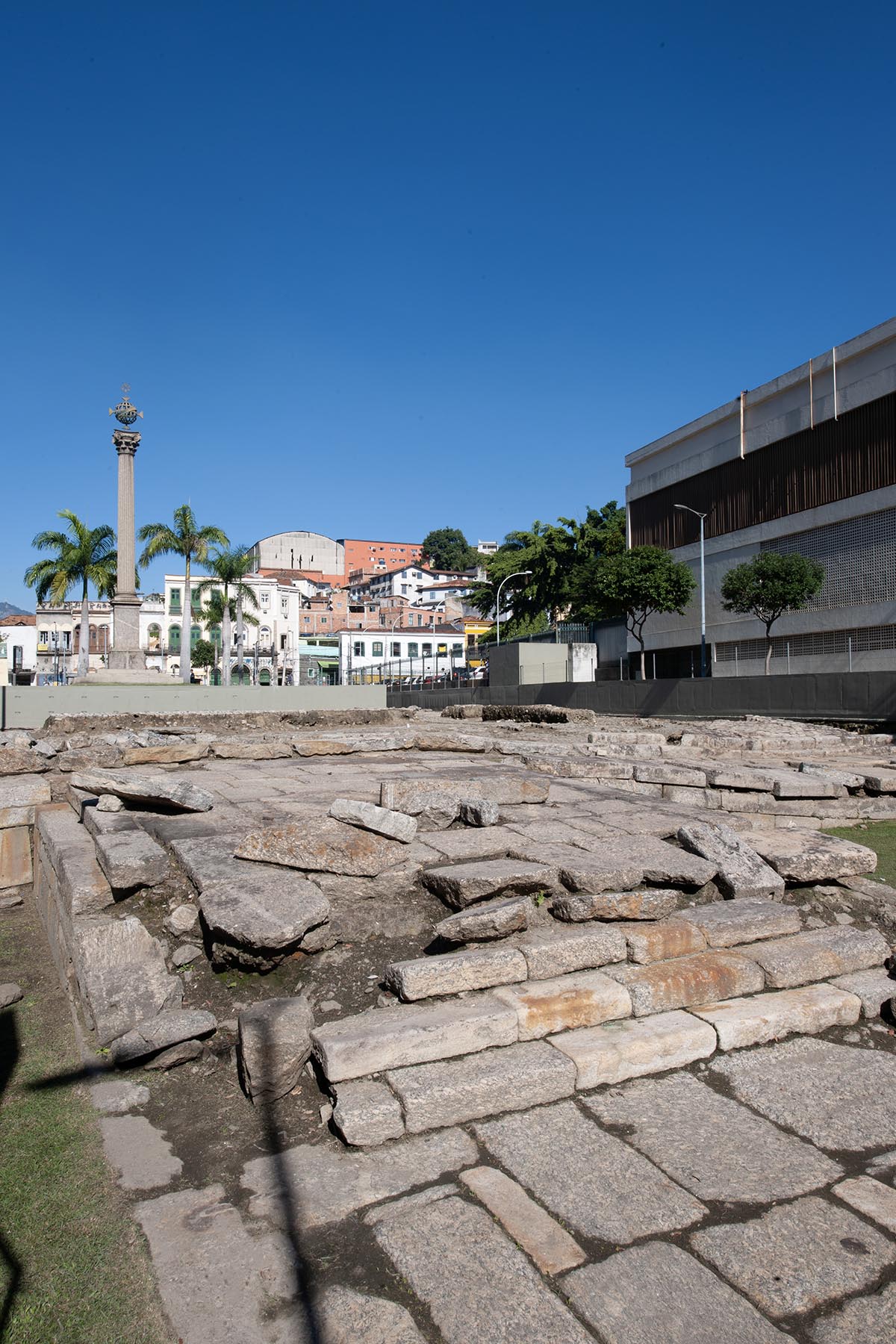
Valongo Wharf, Rio de Janeiro, 2018. Photo © Oscar Liberal / Iphan
A variety of formats will occupy the first gallery, ranging from the projection of an audiovisual work by the filmmaker Juliana Vicente, created in conjunction with the curatorship and commissioned for the occasion, to a selection of archive photographs, compiled by the historian Ana Flávia Magalhães Pinto, to the ethno-historical map of Brazil by Curt Nimuendajú and the “Brasília Quilombola map”, the latter also commissioned for the occasion.
The second gallery is named "Places of Origin, Archaeologies of the Future", which will invite visitors to the screening of the video by Ayrson Heráclito – The Shaking of the Casa da Torre and The Shaking of the Maison des Esclaves in Gorée, from 2015 – and turns to memories and the archaeology of ancestrality.
The theme, focusing on socio-spatial projects and practices of Indigenous and Afro-Brazilian knowledge about land and territory, the exhibition brings forth five essential memorial heritages of reference: The Casa da Tia Ciata, in the urban context of Pequena África in Rio de Janeiro; the Tava, as the Guarani call the ruins of the Jesuit missions in Rio Grande do Sul; the ethnogeographic complex of terreiros in Salvador; the Indigenous Agroforestry Systems of the Rio Negro in the Amazon; and the Iauaretê waterfall of the Tukano, Arawak and Maku.
The exhibition will explore what several scientific studies have proven so far: that Indigenous and Quilombola lands are the best preserved lands in Brazil, and in that way point towards a post-climate change future where “de-colonization” and “decarbonization” come hand in hand.
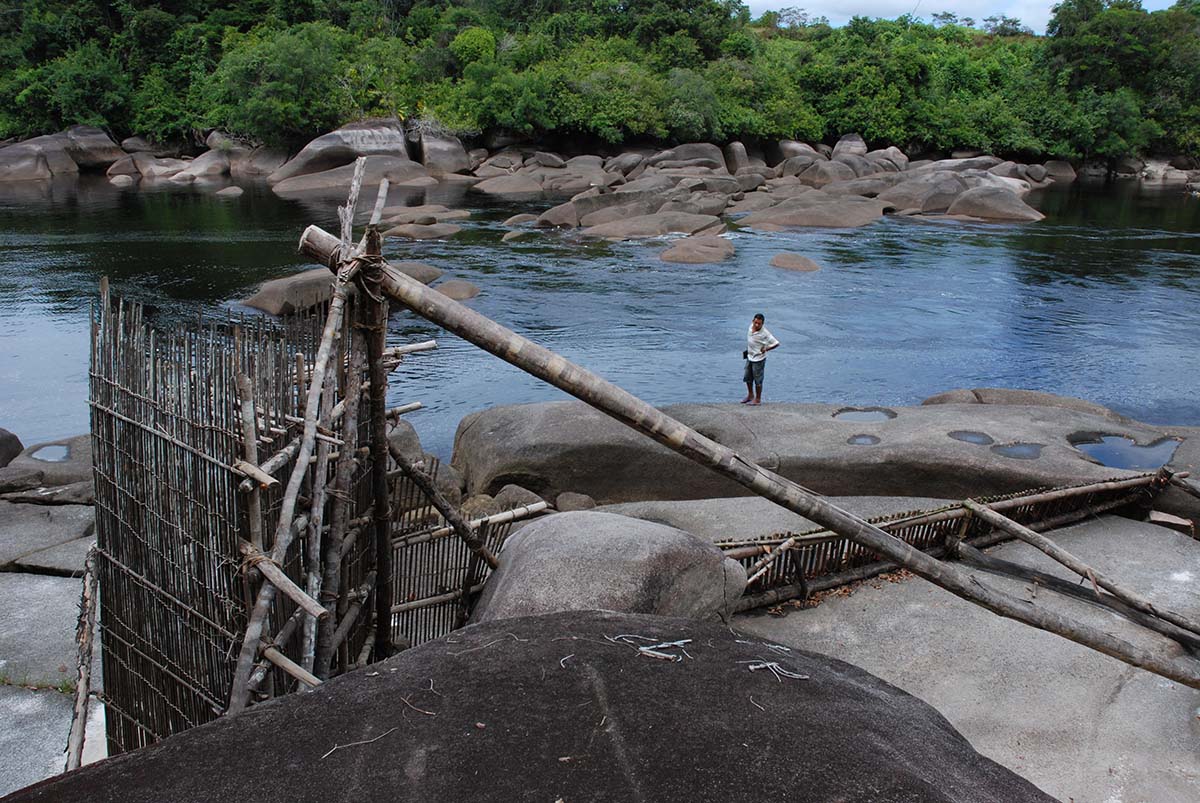
Fish trap (cacuri) placed on the rocks of Cachoeira do Iauretê, a place known by the Tukano, Arawak and Maku indigenous peoples, 2008. Photo © Vicent Carelli
Their practices, technologies and customs linked to land management and production, like other ways of doing and understanding architecture, are located in the earth, are equally universal and carry within themselves the ancestral knowledge to re-signify the present and design other futures, for both human and nonhuman communities alike, towards another planetary future.
"The International Architecture Exhibition of the Biennale di Venezia is a privileged space for the discussion of the most urgent issues in architecture and urbanism, a field that ultimately reflects on our dynamics of life through the use and sharing of common spaces as a society," said José Olympio da Veiga Pereira, president of the Fundação Bienal de São Paulo.
"At a time when humanity is facing great challenges, the exhibition proposed by architects Gabriela de Matos and Paulo Tavares is a way of giving visibility to research and practices that can contribute to the collective shaping of our future."
The prerogative of the São Paulo Biennial Foundation to officially represent Brazil in the Venice Architecture Biennale is the result of a decades-long partnership with the Brazilian Federal Government, which has granted the Biennial Foundation the responsibility of appointing the curators and conceiving and producing the exhibitions, as a recognition of the excellence of its work in the artistic and cultural field.
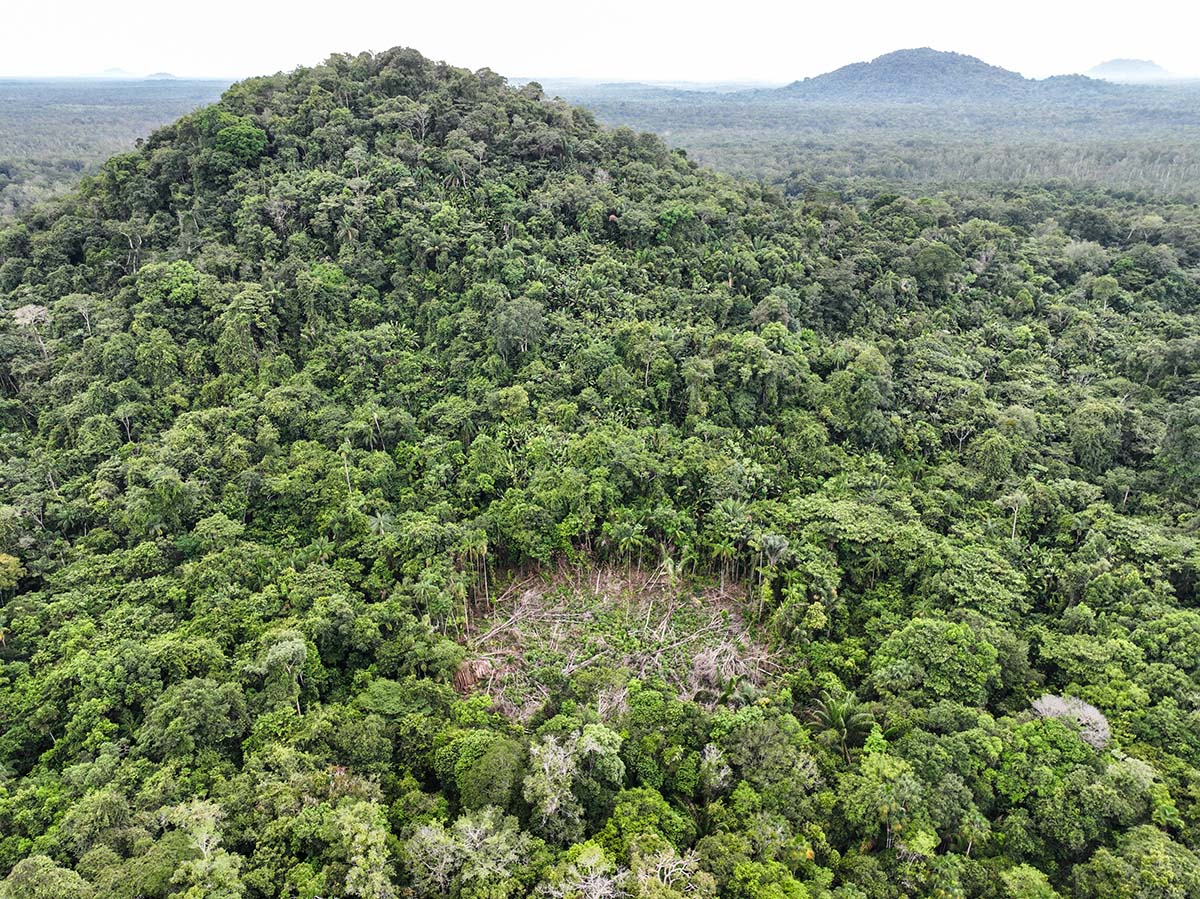
Indigenous swidden by Uaupés river, Alto Rio, Negro, Amazonia, 2022. Image © Fellipe Abreu
The theme of the 18th Venice Architecture Biennale is The Laboratory of the Future curated by Lesley Lokko.
The Venice Architecture Biennale 2023 will take place from Saturday 20 May to Sunday 26 November, 2023 at the Arsenale and Giardini venues.
Other pavilions will showcase challenging themes and exhibitions, including Danish Pavilion's Coastal Imaginaries, curated by Josephine Michau, Korean Pavilion's 2086: Together How?, Austrian Pavilion's PARTECIPAZIONE / BETEILIGUNG, Spanish Pavilion's Foodscapes, Bulgarian Pavilion's Education is the Movement from Darkness to Light, Hungarian Pavilion's Reziduum – The Frequency of Architecture, Belgian Pavilion's In Vivo.
Read more about WAC's coverage about pavilions on Venice Architecture Biennale 2023.
Top image: Ayrson Heráclito, The Shaking of the Casa da Torre and of the Maison des Esclaves in Gorée, 2015, video installation. Courtesy of the artist.
> via Brazilian Pavilion
